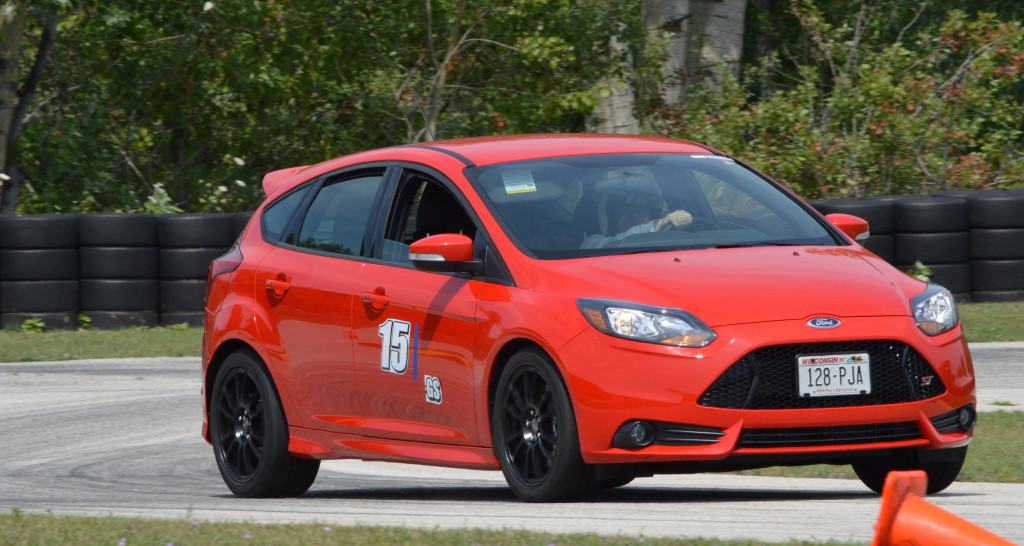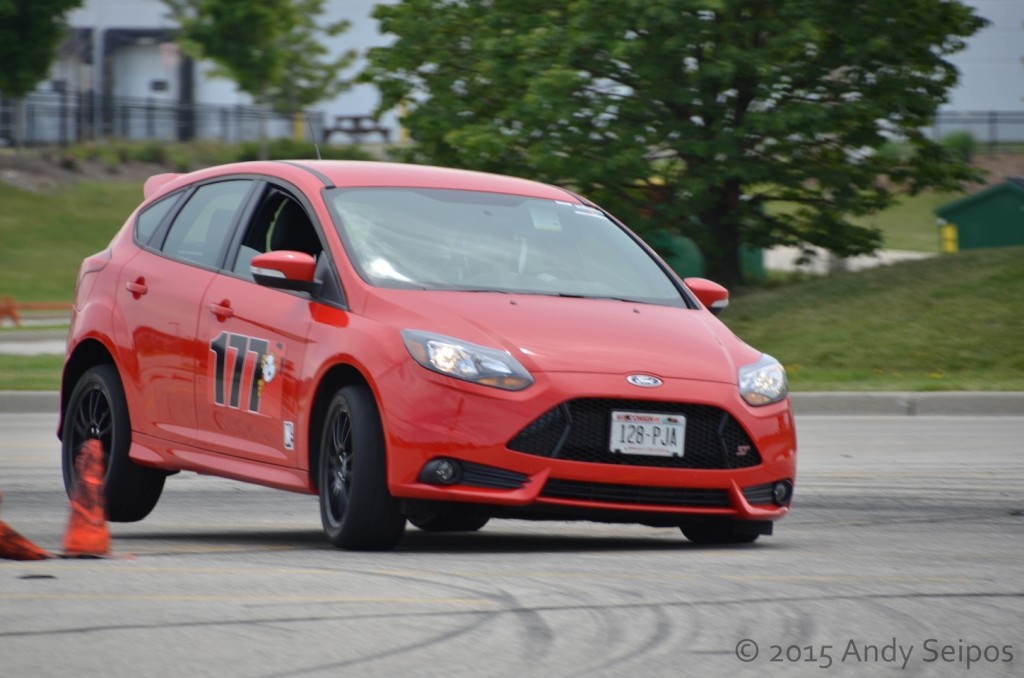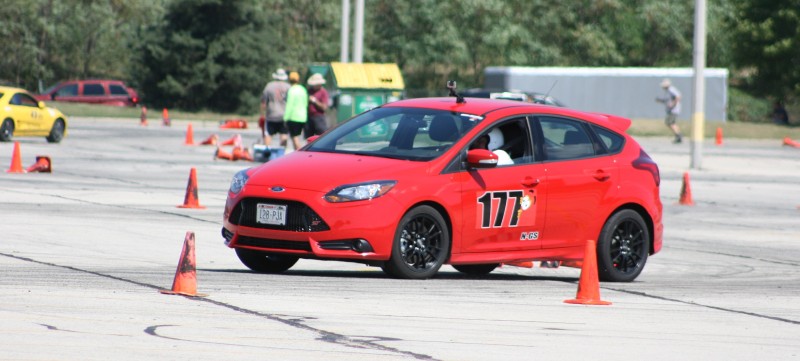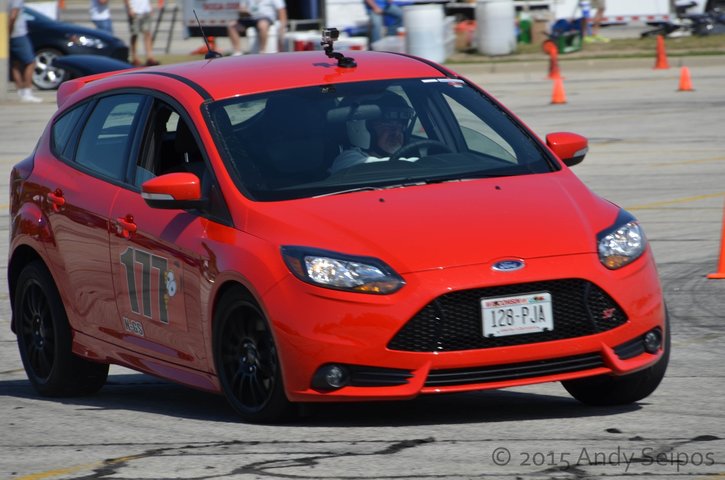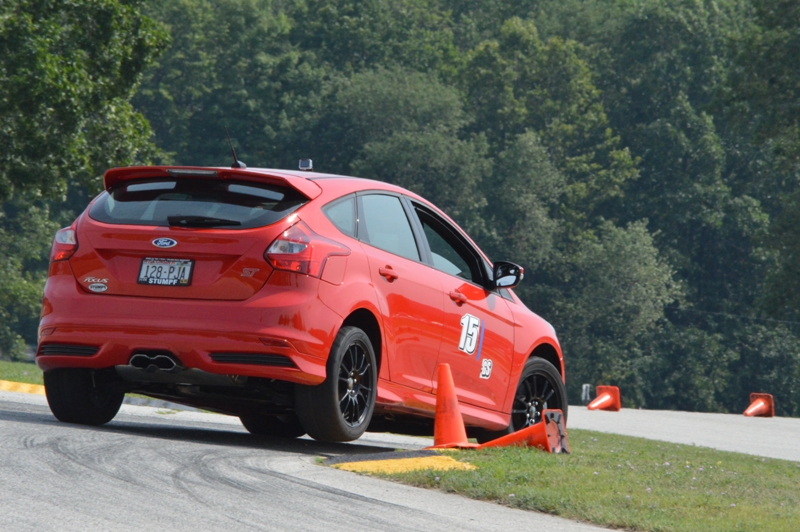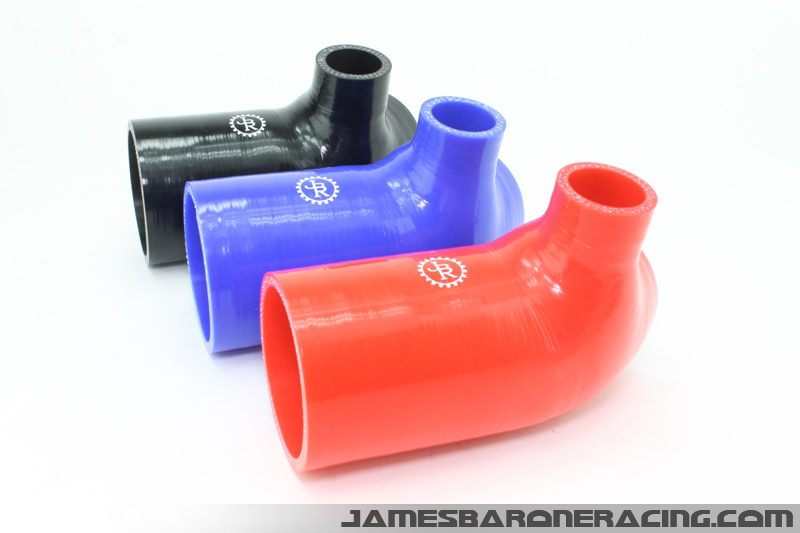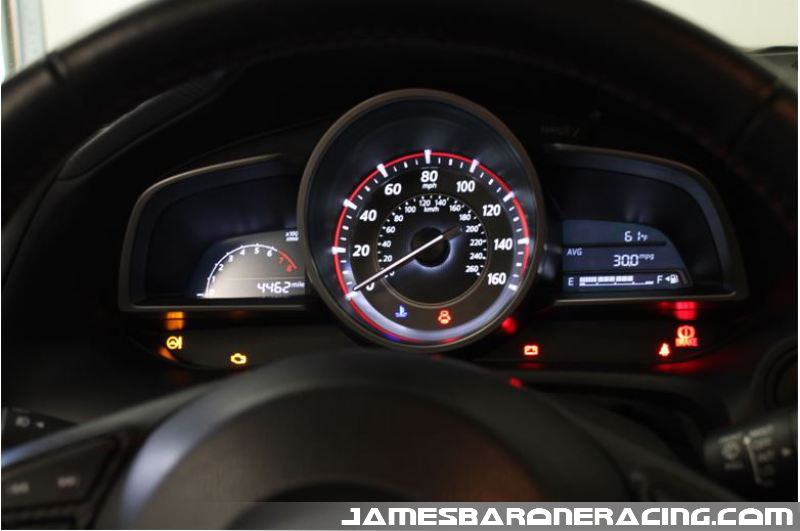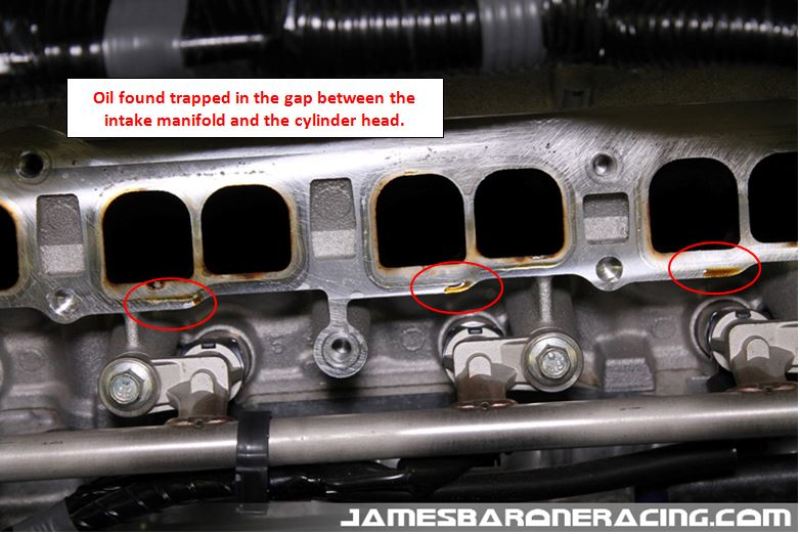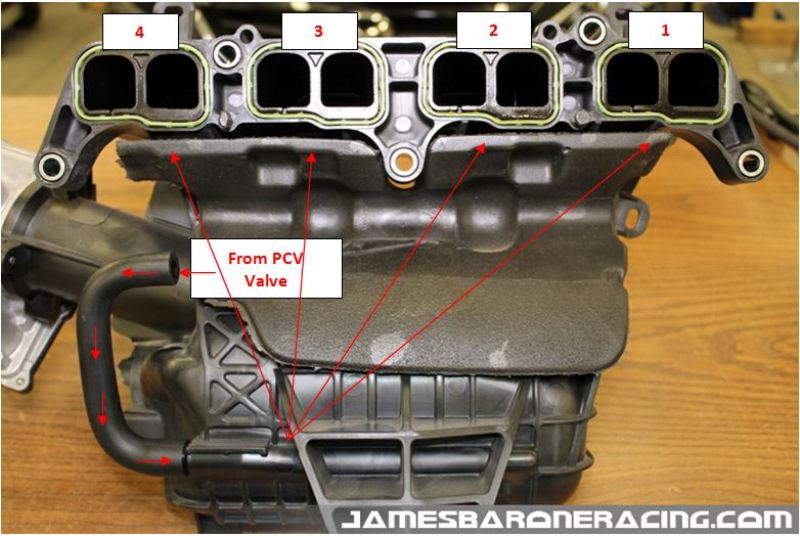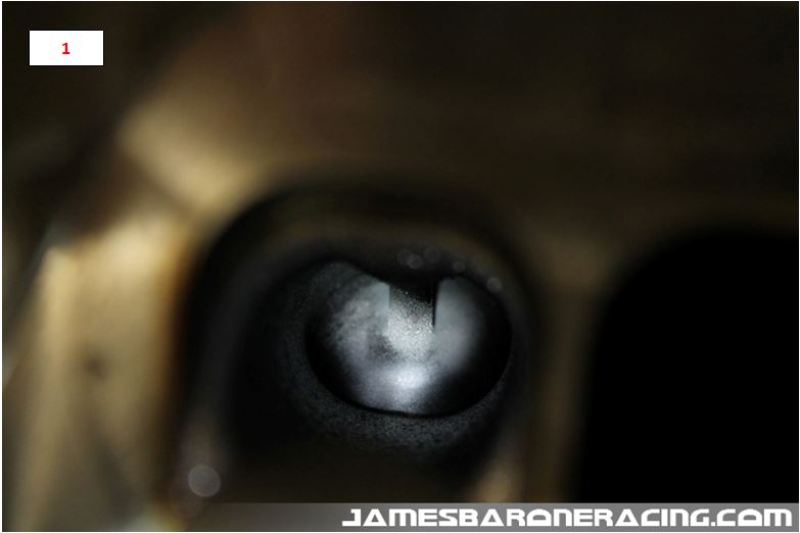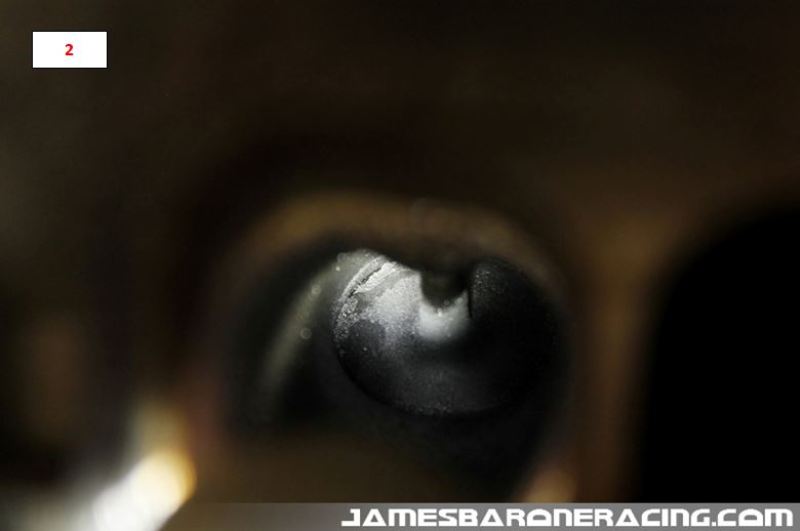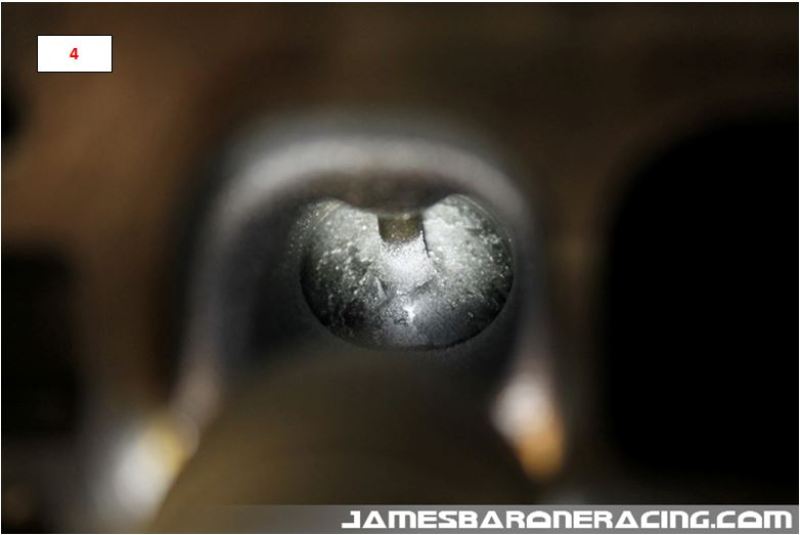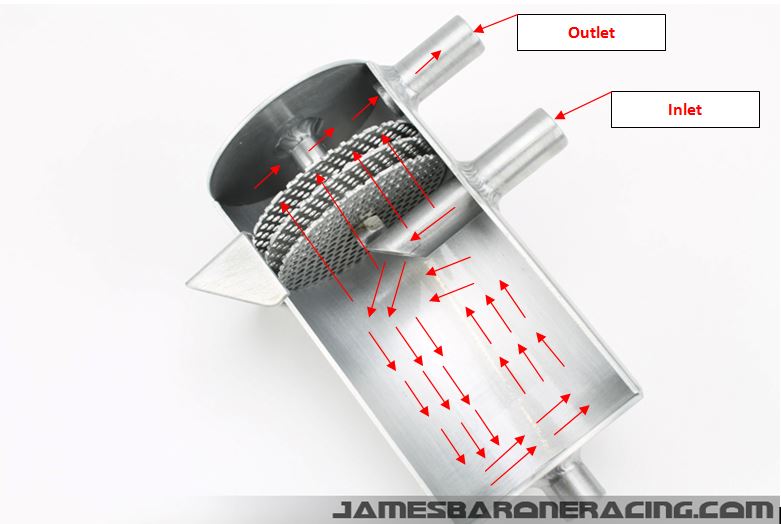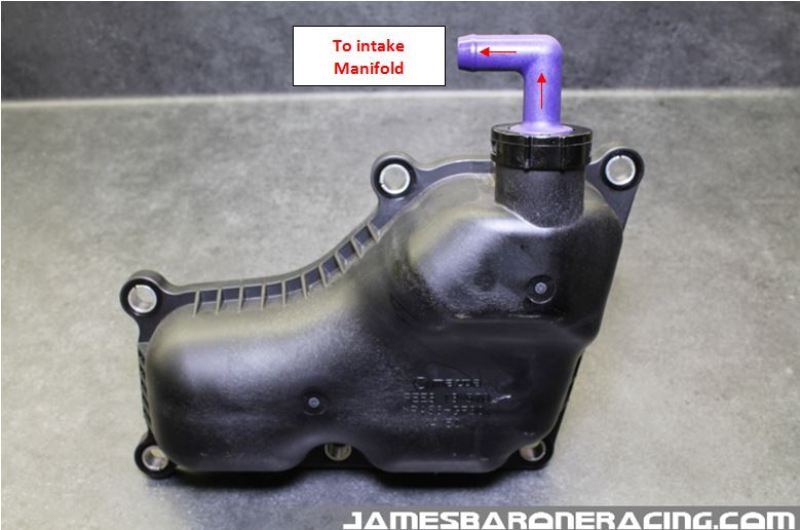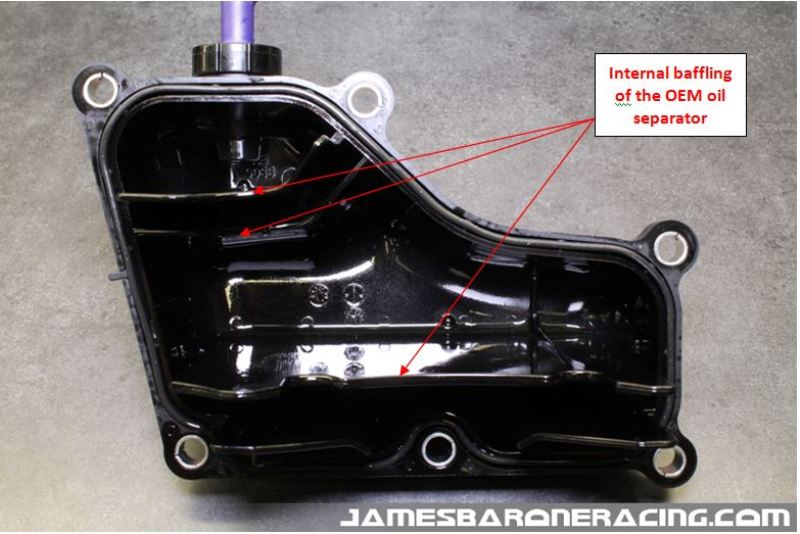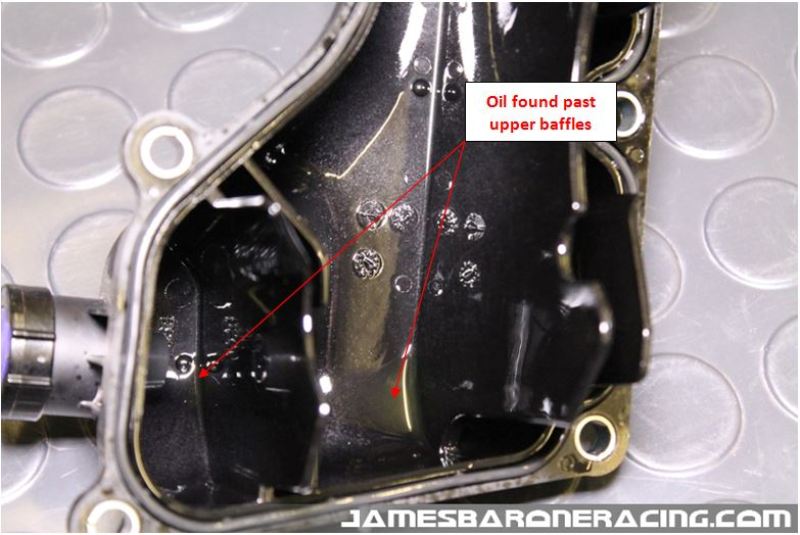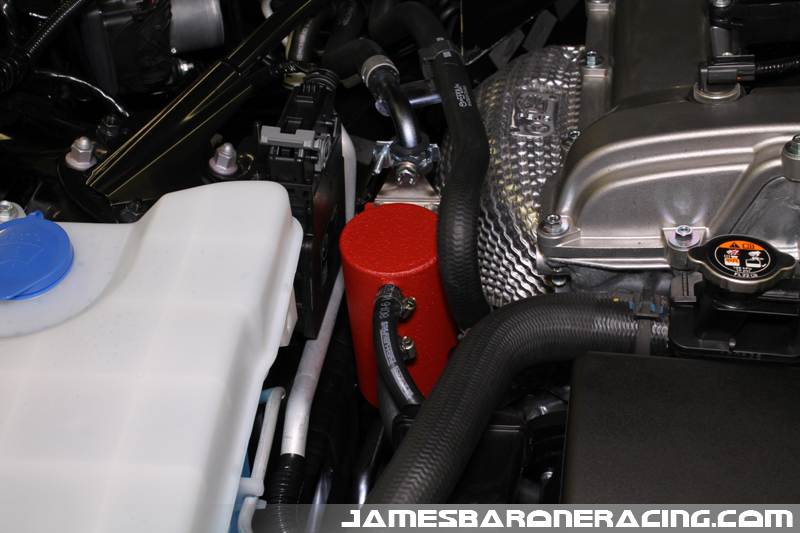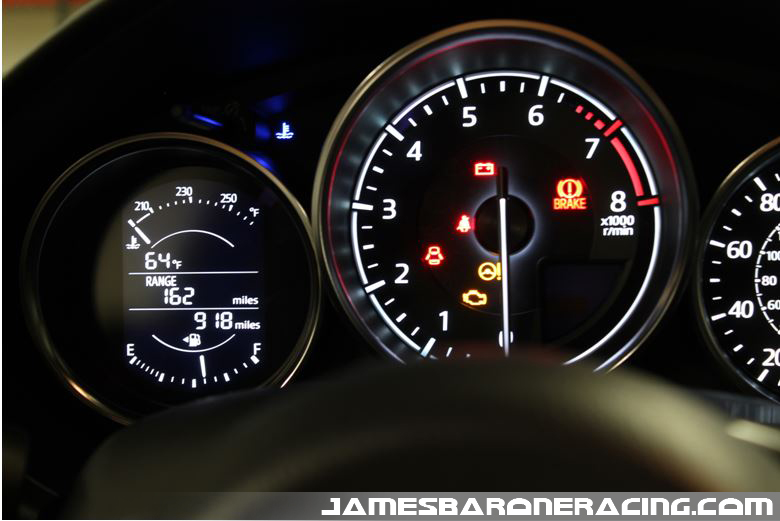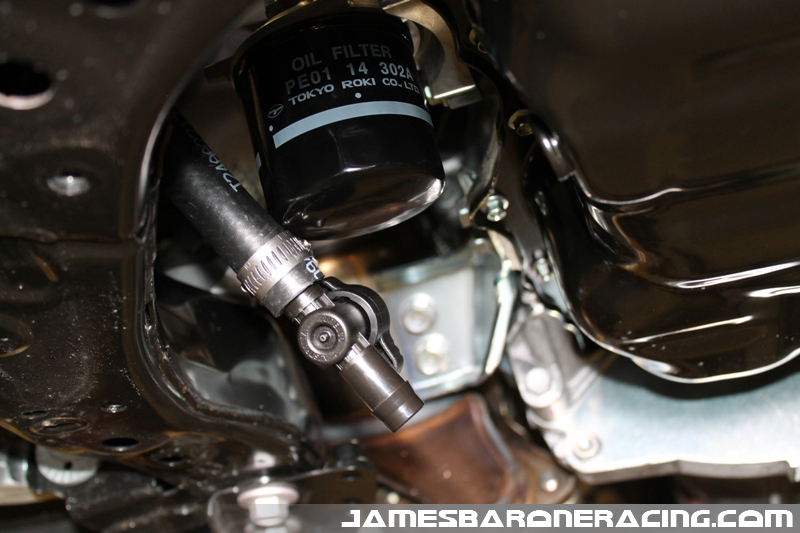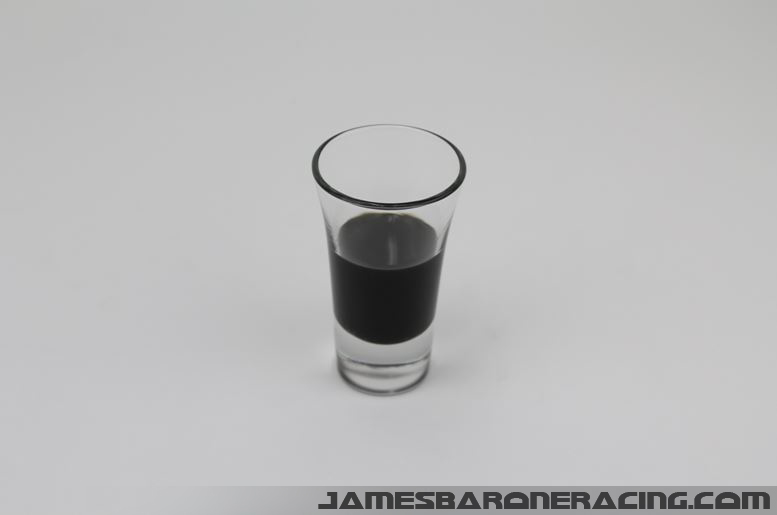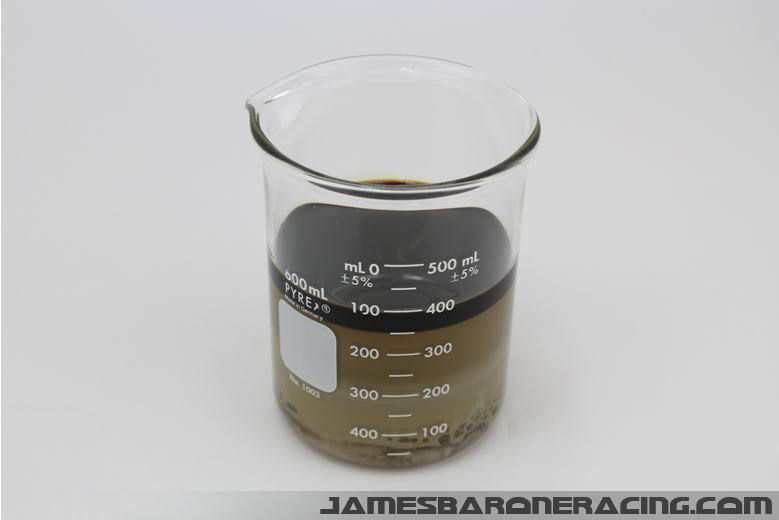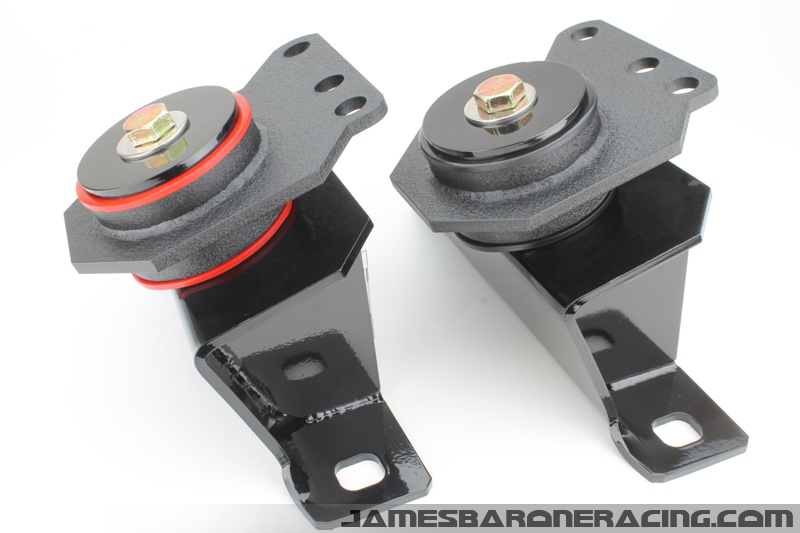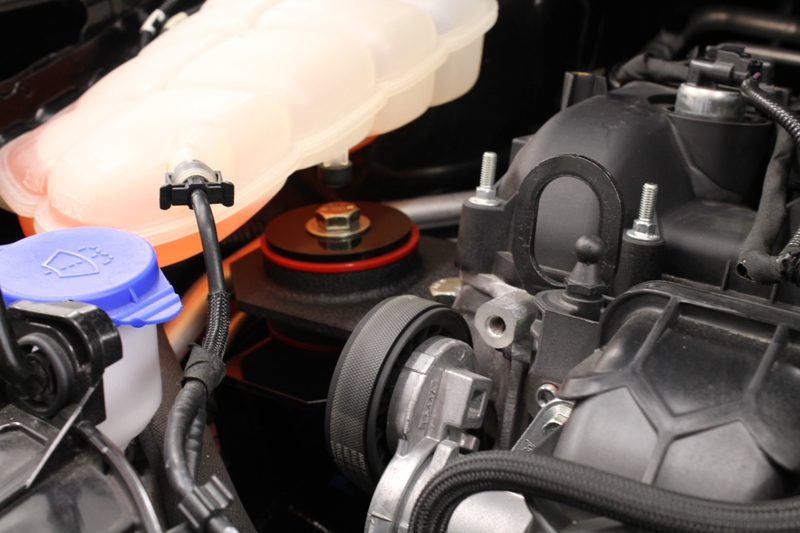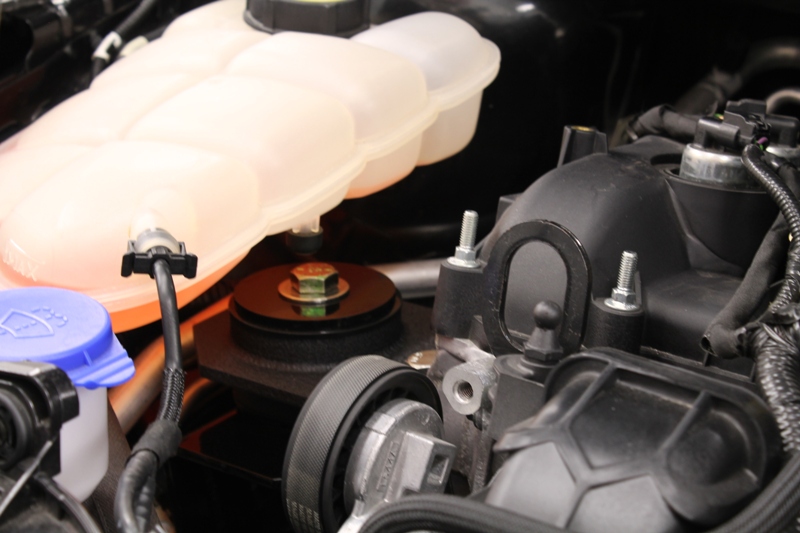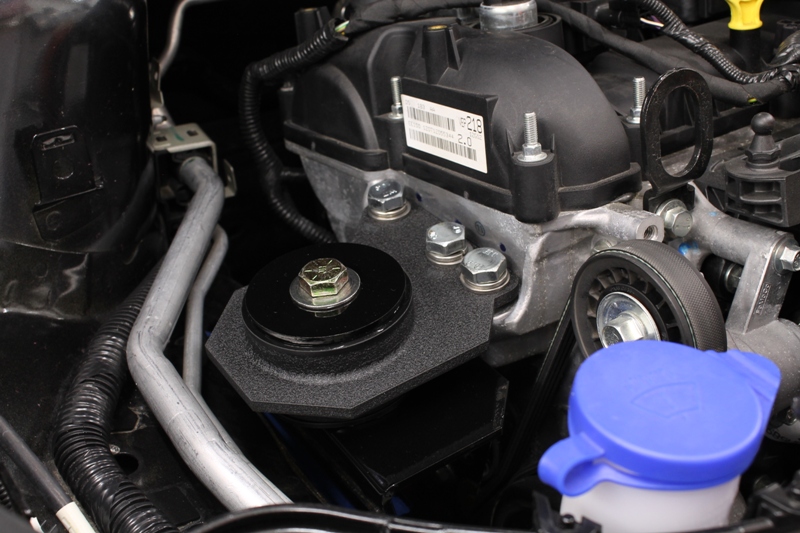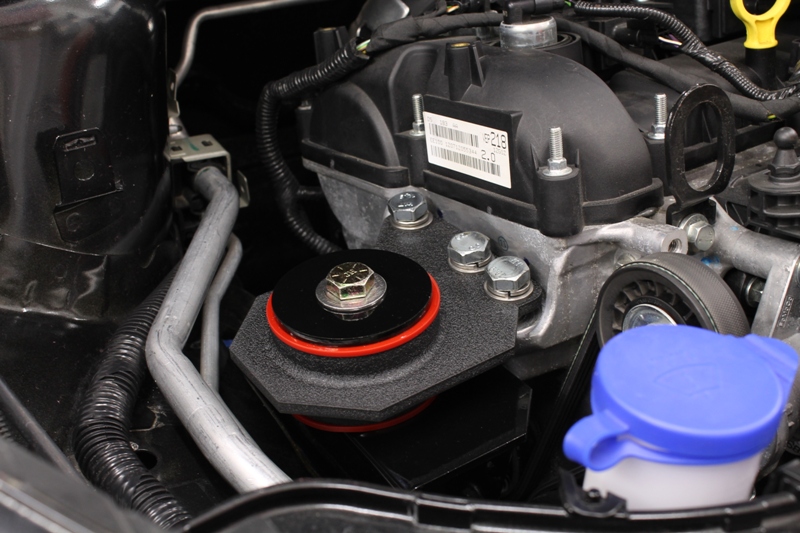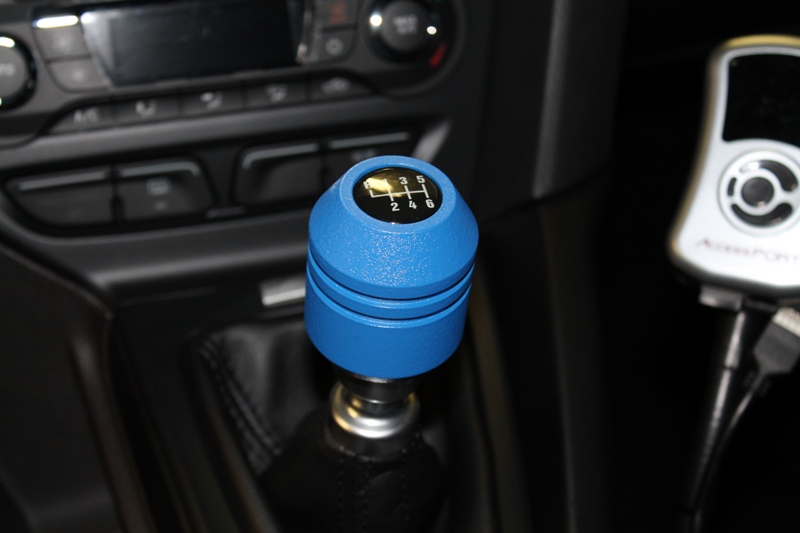In our last Featured Owner blog post we Focused largely on vehicle performance. The following post is going to have a heavy emphasis on using that performance to its potential. Autocross is a great entry into the world of racing. With as few safety concerns that you can have while pushing the limits of a vehicle and a relatively inexpensive fee, you are able to begin your path to acquiring a well-rounded set of driving skills. Some spotlight has been drawn to a few Focus and Fiesta ST drivers in the autocross world, mainly because of their great potential in this event.
One of the drivers in the spotlight has been Jeffrey Sachse from Appleton, WI. Jeff has been around cars his whole life and continues to evolve as a performance enthusiast, ranging from all types of tracks to drag racing. Wanting a daily driver with some spirit without breaking the bank, Jeff found himself contemplating between a Subaru BRZ and the ST we all have come to know and love. We think he made the right choice. With a background in racing Jeff wanted to use the Focus ST in some fun and competitive events. Naturally, having purchased a hot hatch, Jeff found himself chasing gates through cones in parking lots.
Documenting his rookie season in AutoX this year with a blog (which can be found here), Jeff managed to pull off a very successful season taking on the G Street class in the Fox Valley Sports Car Club. Capping off his stellar season, Jeff was awarded the SCCA Milwaukee Region Rookie of the Year. This class has strict rules limiting modifications and is compliant with SCCA classing (for more info on SCCA classing, visit Sports Car Club of America‘s website).
Due to these strict regulations, Jeff has kept his ST relatively stock. If asked, he will point his first and most important modification directly to tires. Choosing the correct set of tires for your application is paramount in performance- both on the track and off the track. Many may think that fitting the largest tire possible on a wheel is best. While this may ring true for some straight-line performance situations, it is definitely counter-productive when you hit the twisties. Finding a balance between soft compound and rigid sidewall is key, as well as a proper size to balance grip and tire roll.
Another key component in Street classing is an aftermarket sway bar. Street class only allows for one upgraded sway bar. Our recommendation is a stiff Rear Sway Bar for improved vehicle rotation and decreased body roll. If one is looking for optimal performance and has no concern for SCCA classing, the addition of a Front Sway Bar will balance the car very well. Following the sway bars, another upgrade that can improve handling and maintain Street classing is a set of aftermarket shocks. Aftermarket springs or coilovers are not allowed within this classing, though if one is looking for optimal performance a set of fully adjustable coilovers is recommended along with Adjustable Camber and Toe Arms and a performance-oriented alignment. These components will allow fine tuning of the suspension to optimize cornering potential.
Once handling has been addressed and higher corner entry and exit speeds are achieved, Focus ST drivers will find additional performance to be desired in the stopping category. The Focus ST is in its first purpose a street car. With this in mind, Ford engineered a braking system with common street car problems at the forefront. Brake noise and dust were primary concerns. To curb these potential issues, optimal performance was thrown on the back burner. For most enthusiasts, a set of brake pads and a fluid change will deliver all of the desired results. Some will choose to have dedicated street pads and track pads. For those that do not want to go through the hassle of changing pads every time they hit the track, Hawk HPS Front and Rear pads are highly recommended with performance in mind. If brake dust is a concern, and you do not plan to track often, then a switch to the Hawk Performance 5.0 pads are a good compromise. Once these pads are installed, braking temperatures will boil the OEM fluid. An upgrade to Motul DOT 4 RBF660 is highly recommended.
Though a Focus or Fiesta ST is an absolute blast to race in stock form, once these areas are addressed, the Focus ST is set up perfectly to hit the track or AutoX course. Classing only allows for certain guided modifications, however, if AutoX classes are not a concern other areas can be addressed as well. After tires, suspension and brakes are upgraded there is a proper foundation set to start increasing power with engine performance parts and a tune.
If you would like to be featured in our blog, send us an email and tell us your story.


